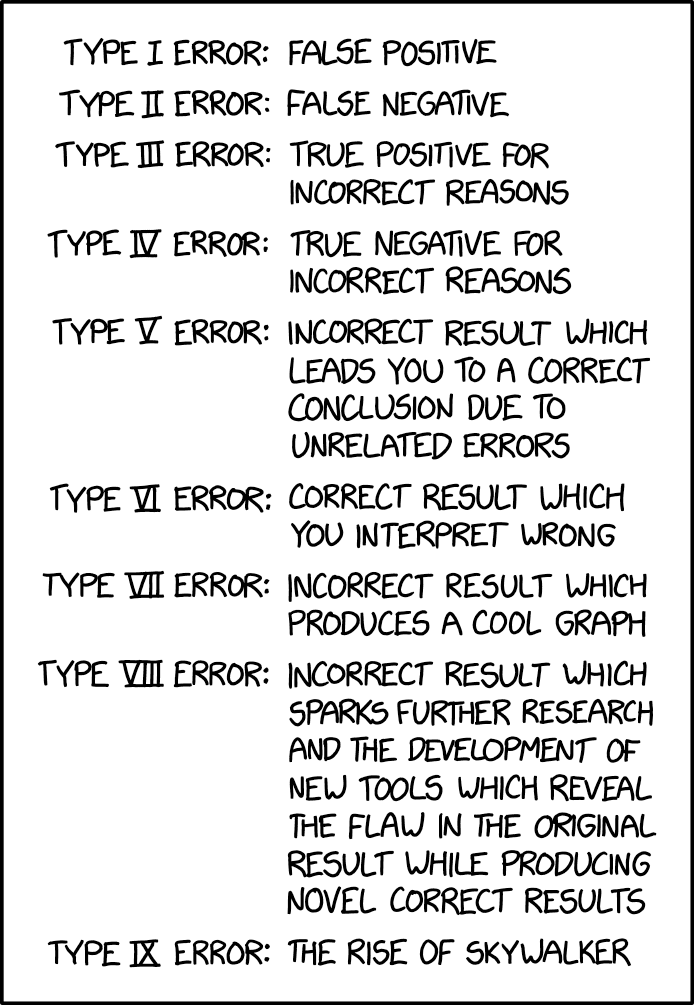 I bought this book [or more precisely received it from CRC Press as a ({prospective} book) review reward] as I was interested in the author’s perspectives on actual decision making (and unaware of the earlier Statistical Decision Theory book he had written in 2013). It is intended for a postgraduate semester course and “not for a beginner in statistics”. Exercises with solutions are included in each chapter (with some R codes in the solutions). From Chapter 4 onwards, the “Further reading suggestions” are primarily referring to papers and books written by the author, as these chapters are based on his earlier papers.
I bought this book [or more precisely received it from CRC Press as a ({prospective} book) review reward] as I was interested in the author’s perspectives on actual decision making (and unaware of the earlier Statistical Decision Theory book he had written in 2013). It is intended for a postgraduate semester course and “not for a beginner in statistics”. Exercises with solutions are included in each chapter (with some R codes in the solutions). From Chapter 4 onwards, the “Further reading suggestions” are primarily referring to papers and books written by the author, as these chapters are based on his earlier papers.
“I regard hypothesis testing as a distraction from and a barrier to good statistical practice. Its ritualised application should be resisted from the position of strength, by being well acquainted with all its theoretical and practical aspects. I very much hope (…) that the right place for hypothesis testing is in a museum, next to the steam engine.”
The first chapter exposes the shortcomings of hypothesis testing for conducting decision making, in particular by ignoring the consequences of the decisions. A perspective with which I agree, but I fear the subsequent developments found in the book remain too formalised to be appealing, reverting to the over-simplification found in Neyman-Pearson theory. The second chapter is somewhat superfluous for a book assuming a prior exposure to statistics, with a quick exposition of the frequentist, Bayesian, and … fiducial paradigms. With estimators being first defined without referring to a specific loss function. And I find the presentation of the fiducial approach rather shaky (if usual). Esp. when considering fiducial perspective to be used as default Bayes in the subsequent chapters. I also do not understand the notation (p.31)
outside of a Bayesian (or fiducial?) framework. (I did not spot typos aside from the traditional “the the” duplicates, with at least six occurences!)
The aforementioned subsequent chapters are not particularly enticing as they cater to artificial loss functions and engage into detailed derivations that do not seem essential. At times they appear to be nothing more than simple calculus exercises. The very construction of the loss function, which I deem critical to implement statistical decision theory, is mostly bypassed. The overall setting is also frighteningly unidimensional. In the parameter, in the statistic, and in the decision. Covariates only appear in the final chapter which appears to have very little connection with decision making in that the loss function there is the standard quadratic loss, used to achieve the optimal composition of estimators, rather than selecting the best model. The book is also missing in practical or realistic illustrations.
“With a bit of immodesty and a tinge of obsession, I would like to refer to the principal theme of this book as a paradigm, ascribing to it as much importance and distinction as to the frequentist and Bayesian paradigms”
The book concludes with a short postscript (pp.247-249) reproducing the introducing paragraphs about the ill-suited nature of hypothesis testing for decision-making. Which would have been better supported by a stronger engagement into elicitating loss functions and quantifying the consequences of actions from the clients…
[Disclaimer about potential self-plagiarism: this post or an edited version will eventually appear in my Book Review section in CHANCE.]






